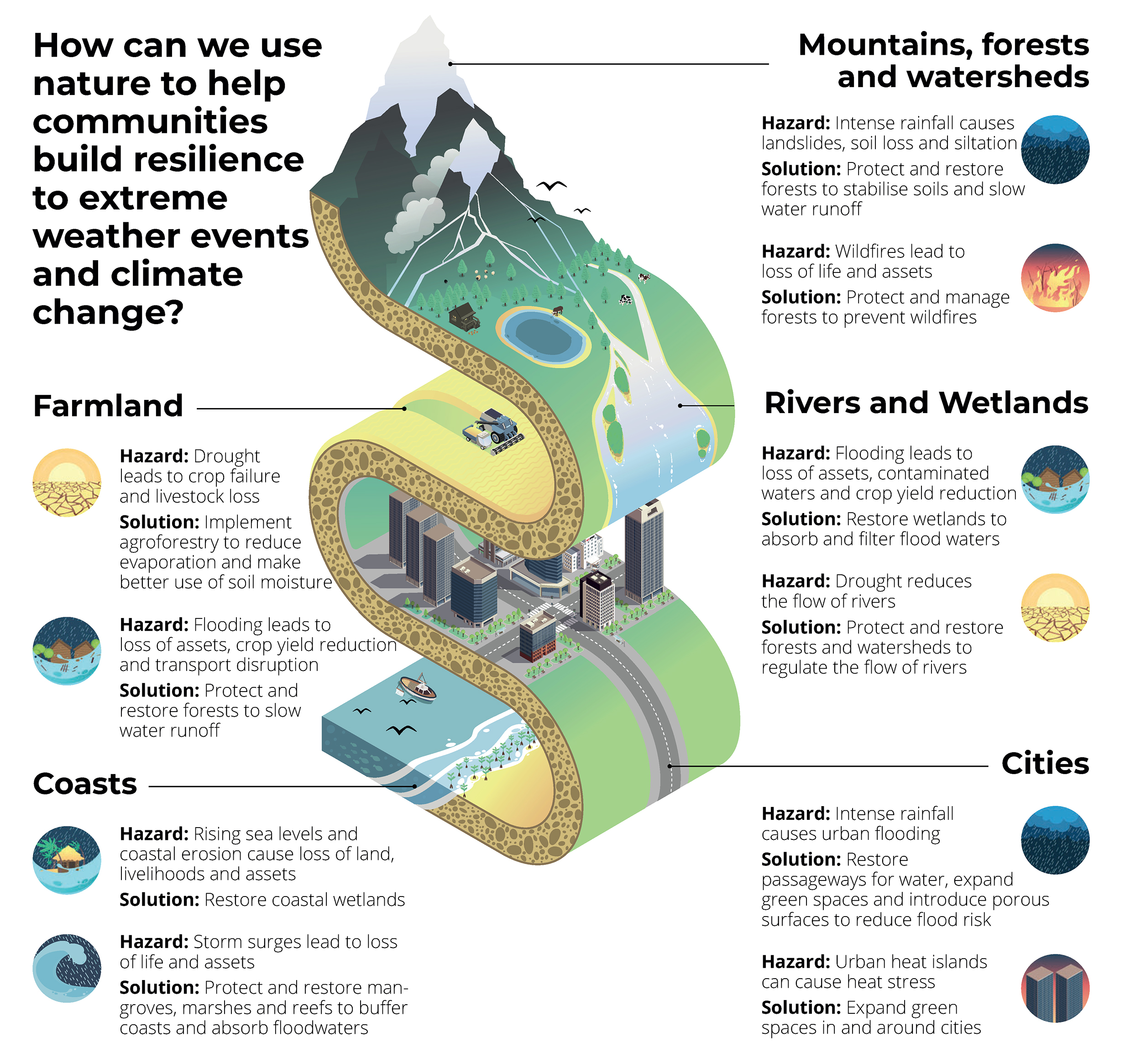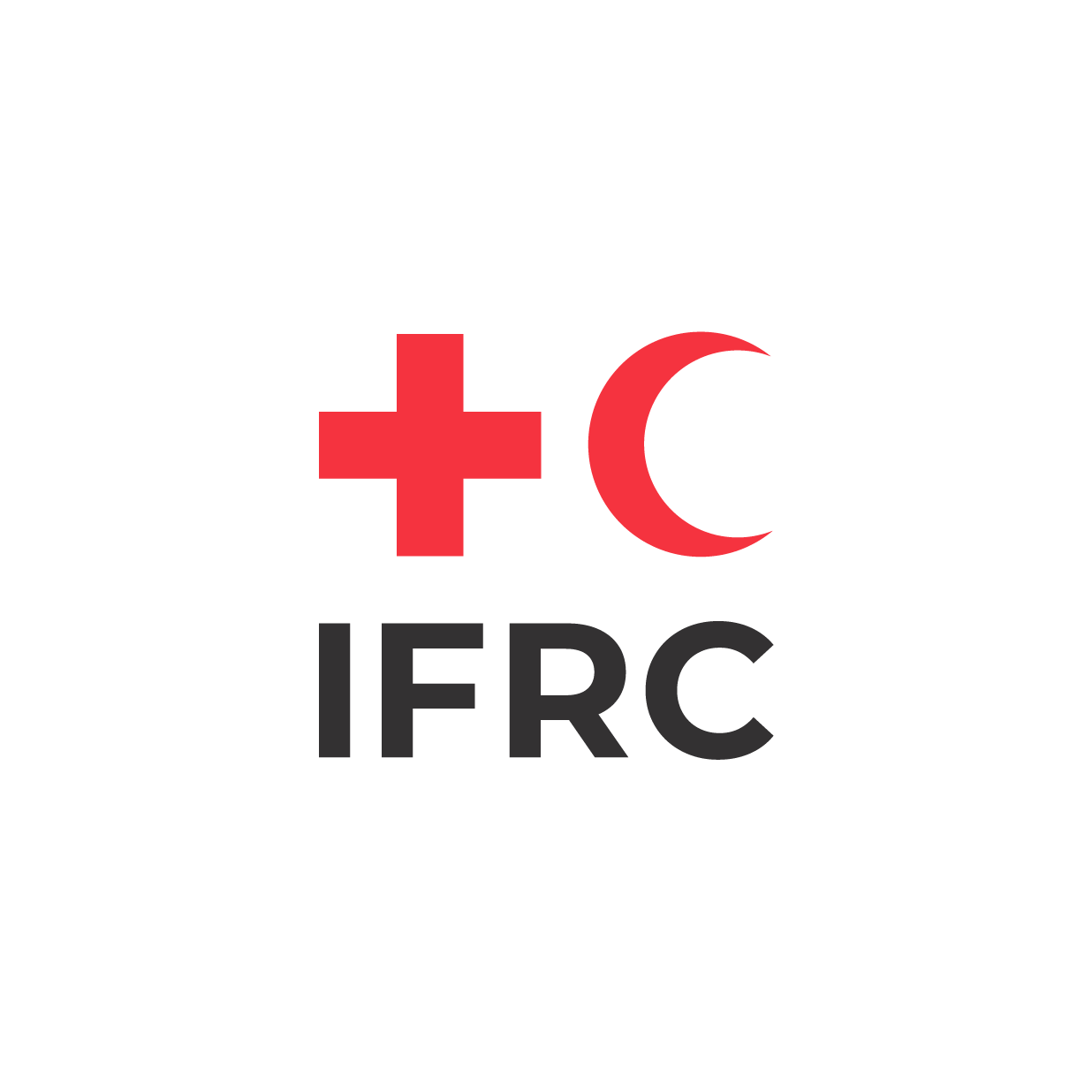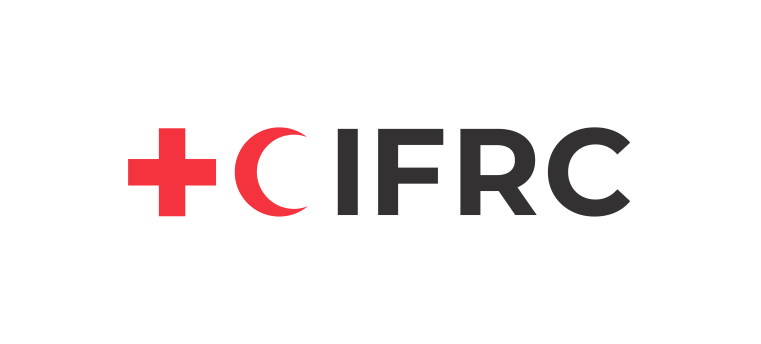Stage 3
Reference Sheet EE
Nature-based solutions
What are nature-based solutions?
Nature‑based solutions (NbS) are actions to protect, sustainably manage and restore natural or modified ecosystems that address societal challenges effectively and adaptively, simultaneously providing human well‑being and biodiversity benefits (IUCN Resolution WCC‑2016‑Res‑069, 2016). NbS are linked to natural resource management (Dimension 8 of community resilience). However, such solutions move beyond that and look at broader ecosystems - living organisms, the non‑living environment and their interactions - of which natural resources and (often) humans form a part. NbS focus on the positive outcomes of ecosystem protection, management and restoration, and specifically on human well‑being and biodiversity.
Ecosystems play a critical function for communities, for example by:
- Reducing exposure to storms, floods, droughts and other hazards. For example, a coastal community that has a wide mangrove belt along its coastline is likely to experience less direct impacts from storm surges than one without mangroves, as the mangroves attenuate waves.
- Generating direct economic benefits. Ecosystems are habitats for plants and animals. The direct economic value materializes in many ways, including (increased) income from fishing, tourism and agriculture (higher yields).
- Providing environmental, social and cultural benefits. Ecosystems also have important functions for communities—such as water filtration, sediment retention and the protection of biodiversity—as well as playing a role in physical and mental health, food security and nutrition (including as a ‘back‑up source’ during times of crisis) and having social and cultural significance.
Recognizing the value of ecosystems through awareness‑raising and advocacy is an important step to protecting them. Where ecosystems are degraded, numerous measures are available to rehabilitate and restore them. It is important to identify locally effective and sustainable measures, for example, through the solution finder in The Blue Guide on Coastal Resilience (The Nature Conservancy 2021). Some examples of nature‑based solutions are provided in the image below.

The case for nature‑based solutions
From the perspective of resilience programming, nature‑based solutions have immense potential, primarily for three reasons:
- First, they tend to be effective: There is strong evidence that efforts to protect, sustainably manage and restore ecosystems are effective at reducing hazard‑related damages and losses. A global study of mangroves, for example, found that without them, 39% more people would be flooded annually, and that flood damage would increase by 16% and US$82 billion annually (Losada IJ, Menéndez P, Espejo A, Torres S, Díaz‑Simal P, Abad S, Beck MW, Narayan S, Trespalacios D, Pfiegner K, Mucke P and Kirch L. 2018. The global value of mangroves for risk reduction. Technical report). Well‑designed nature‑based solutions have the potential to directly or indirectly improve resilience across all 11 dimensions.
- Second, they are of strategic relevance: Since most NbS have a multitude of long‑term protective benefits (e.g., reduced hazard losses) and short‑term direct benefits (e.g., enhanced economic opportunities), they tend to capture the interest of communities in engaging and sustaining the underpinning actions. Community stewardship and a sense of ownership are a starting point and strong feature of many projects that integrate NbS.
- Third, they tend to be cost‑effective: Although the initial instinct of many government departments is often in favour of grey measures, such as the construction of a seawall to reduce flooding, there has been growing recognition of the cost‑effectiveness of NbS. In many cases, the lifetime costs of a green measure are substantially lower than those of grey measures. The case for NbS is even stronger when all benefits - protective and otherwise - are accounted for in cost–benefit analyses.
The case for nature‑based solutions
Key aspects to be considered when integrating NbS into efforts to enhance community resilience include addressing locally identified societal challenges and priorities through NbS, and applying adaptive management (IUCN 2020). These types of considerations would come out of the Road Map to Community Resilience process, if it was used as an initial basis for NbS actions for resilience. The following considerations are specific to NbS and would require further reflection throughout the Road Map:
- Scale (IUCN 2020): In most cases, ecosystems are not aligned with community borders; they often cover numerous communities. Furthermore, there are interdependencies between ecosystems, as well as broader social, economic and other systems. For example, the health of seagrass meadows may influence the status of nearby coral reefs. Therefore, it is important to identify an appropriate scale of NbS to yield effective outcomes. A certain scale is also required to reach the intended effects. For example, a certain width of mangrove belt is needed to reduce wave heights and prevent erosion. This is directly related to Step 1 of Stage 2 of the Road Map.
- Biodiversity and ecosystem integrity (IUCN 2020): Nature‑based solutions are reliant on the goods and services of ecosystems and depend on a healthy ecosystem. NbS design and implementation must avoid undermining
the integrity of an ecosystem and seek to enhance its functionality and connectivity. Doing so can also ensure the long‑term resilience and durability of NbS. - Ecosystem experts: Technical expertise is critical to NbS. Ensure that ecosystem experts are on board to lead ecosystem assessments and to advise on implementation and monitoring. Consider approaching nearby universities and research centers for support or partnering, for example, with environmental NGOs or environment ministries. This is related to Stage 1 of Step 6 of the Road Map. Integrate technical expertise with local knowledge of ecosystems. Communities often have a lot of knowledge on access, management and use of natural resources for their livelihoods. This should be included from the outset, for example, as part of the community factsheet in Stage 2 of Step 4 of the Road Map, and in connecting with stakeholders under Step 6 of Stage 3.
- Inclusive and empowering governance processes (IUCN 2020): Besides aligning with existing legal and regulatory provisions in a country, including around the environment and natural resources, NbS aim to actively engage and empower local communities and stakeholders. This is an integral part of the Road Map process. NbS have specific requirements in this domain, for example, respecting the legal and customary rights of communities to have access to and use of land and natural resources.
- Timing: Some NbS rely on protecting existing ecosystems, while many NbS around managing and restoring ecosystems may require several years to
(re)establish healthy, functioning ecosystems, and thus exceed the typical timeframes of projects. For example, the rehabilitation of wetlands or mangroves may require the restoration of natural hydrology (to reduce or eliminate the factors that led to degradation in the first place), the monitoring of natural recovery and, if natural recovery fails, replanting (or ‘assisted recovery’). Therefore, it is good to develop a master plan for long‑term recovery, and then embed phases into individual projects. - Economic viability and trade‑offs (IUCN 2020): The economic viability of NbS and equity in the distribution of benefits and costs are key determinants of their success. In addition, there may be trade‑offs between, for example, the lower cost of shorter‑term actions versus the longer‑term benefits to resilience through NbS. Assessment of and agreement between stakeholders is essential. This is linked to Steps 4 and 5 of Stage 3 of the Road Map.
Avoid shortcuts
In view of short project timeframes, it may be tempting to seek shortcuts, for example, by immediately deciding to plant mangroves without having assessed the factors that led to their degradation. Avoid such shortcuts to ensure effective solutions. Follow proper processes and engage in long‑term master planning instead. Ensure that the community, through the community resilience team, always remains at the heart of the process.
Learn more about nature‑based solutions
There is a rich array of practical resources that you can use to learn more about NbS, including how to design NbS actions (e.g., as part of Stage 3 of the Road Map). These include:
- The Nature Conservancy. 2021. The Blue Guide to coastal resilience. Protecting coastal communities through nature‑based solutions. A handbook for practitioners of disaster risk reduction.
- UN Office for Disaster Risk Reduction (UNDRR). 2020. Words into action: Nature‑based solutions for disaster risk reduction.
- World Wide Fund for Nature (WWF). 2016. Natural and nature‑based flood management: A green guide.
- International Union for Conservation of Nature (IUCN). 2020. IUCN Global Standard for Nature‑based Solutions: A user‑friendly framework for the verification, and scaling up of NbS. First edition.
IFRC is developing its own materials and tools on NbS, in addition to integrating NbS into existing tools and approaches. These are available in the Nature Navigator toolkit.

The International Federation of Red Cross and Red Crescent Societies is the world's largest humanitarian network and is guided by seven Fundamental Principles: Humanity, Impartiality, Neutrality, Independence, Voluntary Service, Universality and Unity.
Follow IFRC
© The Global Disaster Preparedness Center 2024
